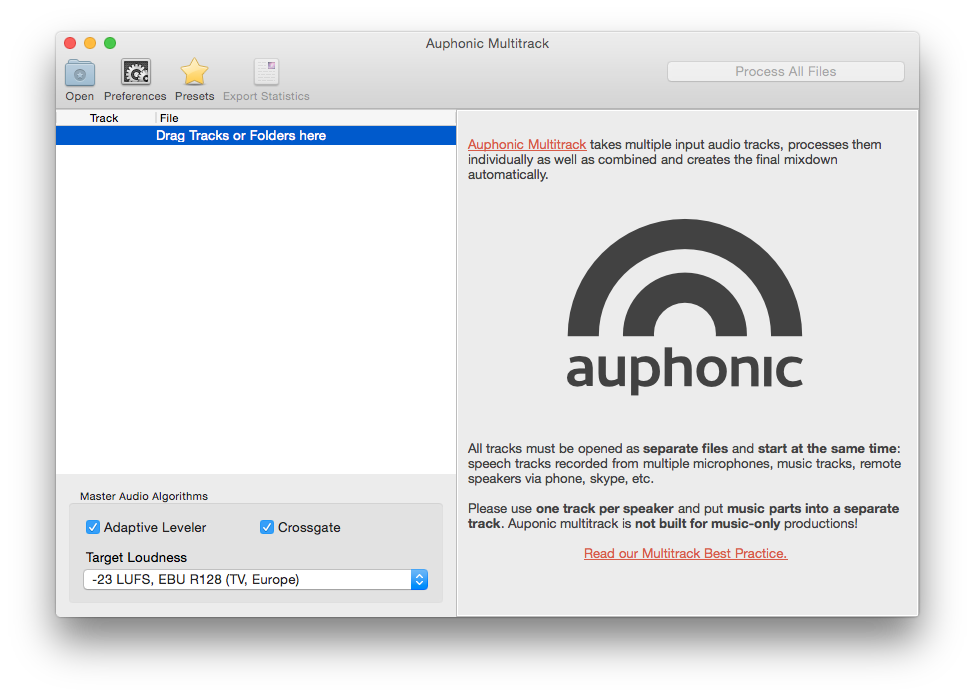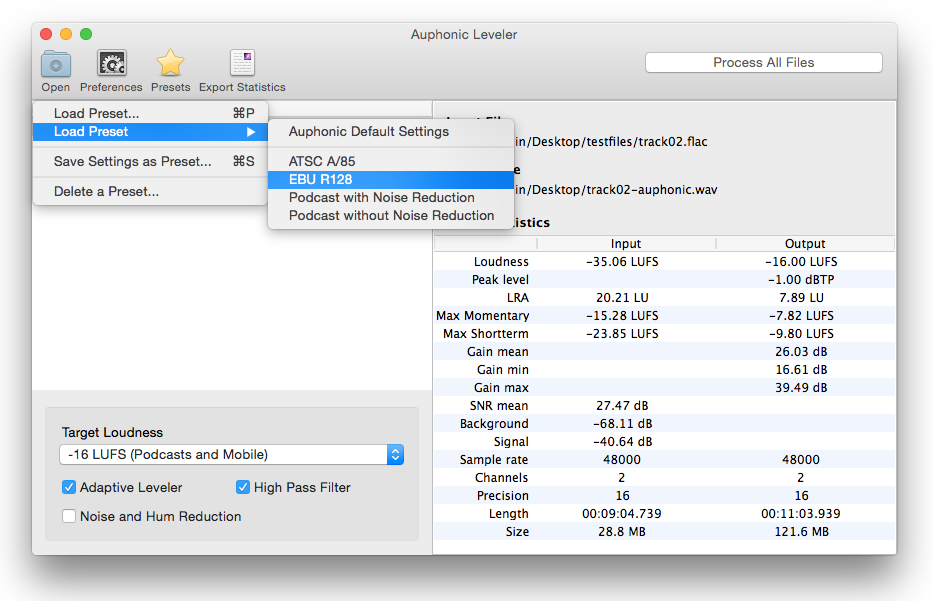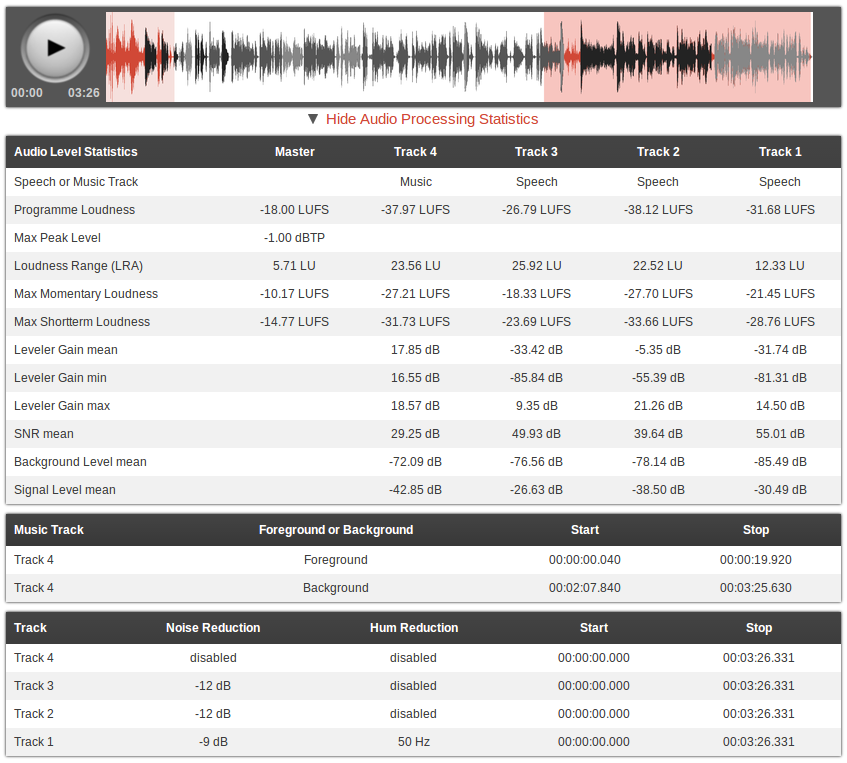Another year is coming to an end: time for
Krampus and Nikolaus to
rewards the well-behaved ones with gifts –
and to fix some remaining bugs from 2015 in our desktop apps :) !
Today we release version 1.7 of the
Auphonic Leveler Batch Processor
and version 1.3 of the
Auphonic Multitrack Processor.
 A typical Krampus in Austria,
image by Johann Jaritz.
A typical Krampus in Austria,
image by Johann Jaritz.
Changelog
This release is mainly a bug fix release.
It fixes ...






 Image from
Image from 